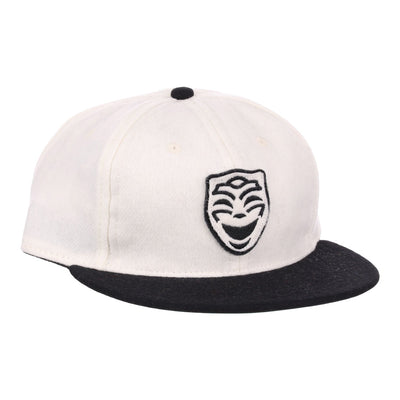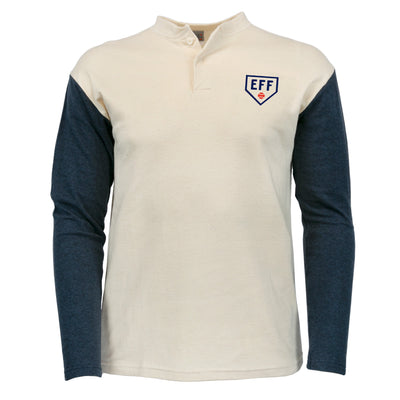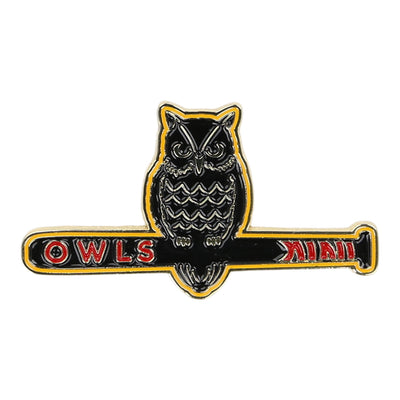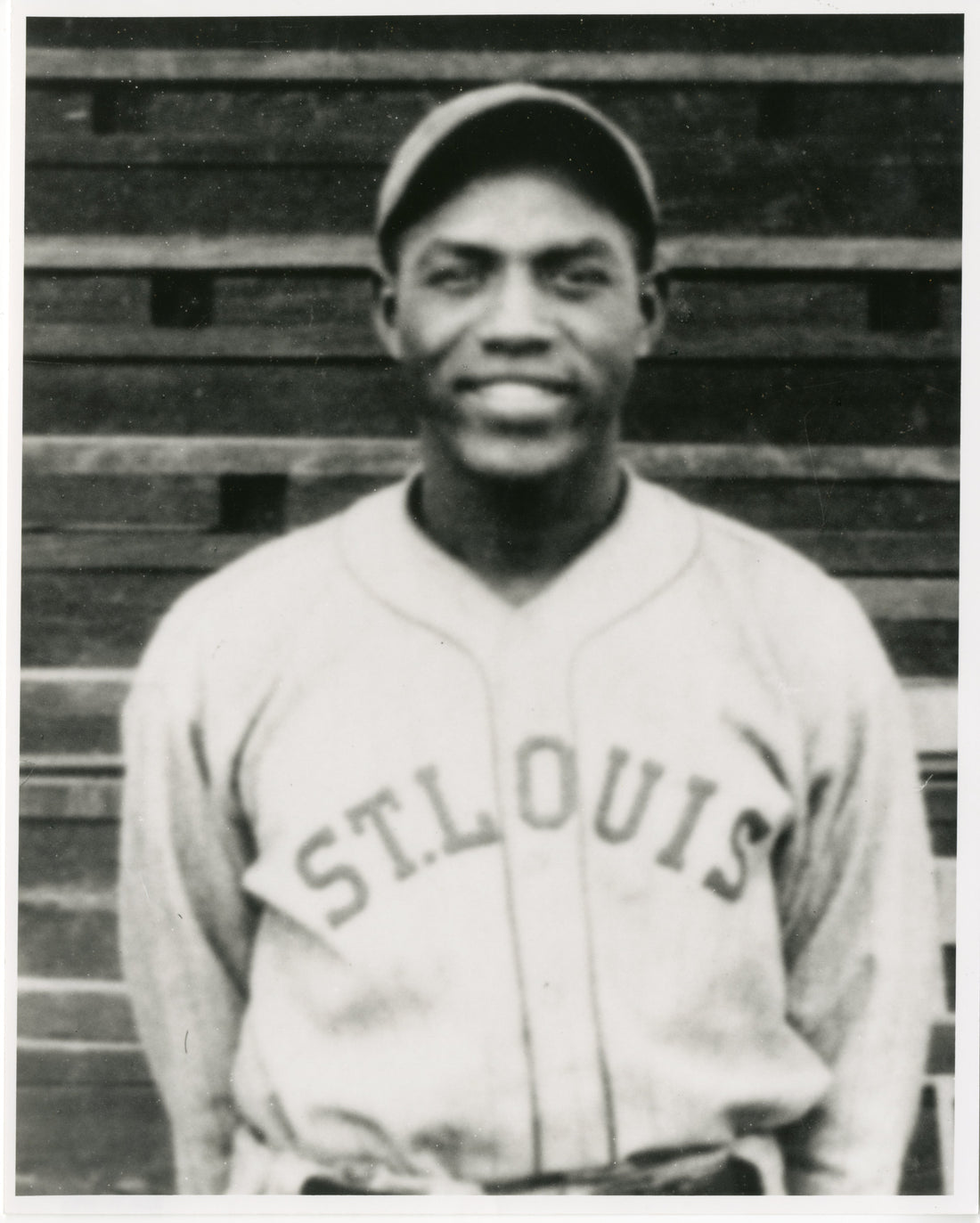In his 1966 induction speech in Cooperstown, Ted Williams called for the inclusion of great Negro League players to be included in the Baseball Hall of Fame. Years later, reflecting on that day Williams said “No one encouraged me. I thought this thing alone,” Williams said. “I’ve seen Satchel Paige. I’ve seen Josh Gibson. I heard about Buck Leonard. I heard about some of the other great black athletes. It just came out that [Hall of Fame] day … and I thought about the great players of the past. … who only because of their color, didn’t have a chance to play in the big leagues.”
It took a few years, but in 1969 the baseball Writers of America formed a special committee to nominate one player per year from the Negro Leagues era. Originally the Hall proposed that the plaques of these players be displayed separately from other (white) Hall of Fame inductees, thereby prolonging the segregation these great players had to endure into their post-career lives. Fortunately wiser thinking prevailed and the Negro League greats were honored as full inductees. Satchel Paige was the first, inducted in 1971, and Josh Gibson and Buck Leonard were added the following year - the one-a-year rule having been abolished. In total, 35 players from the Negro Leagues have been honored by the Hall.
In the decades since, as more research has been done, and as the general public has been made to appreciate the history of the Negro Leagues, their stature has only grown. Three years ago, the statistics of the major Black leagues were “integrated,” as well, into MLB’s overall records.
When we started Ebbets Field Flannels in 1988, one of the main missions we chose was to recognize this vital baseball history, and among the very first authentic flannels we made were jerseys from these teams. The Negro Leagues continue to be a big part of what we do 36 years later, and we are proud to support the mission of the Negro Leagues Baseball Museum, and to be recognized by the Museum for the authenticity of our historical jerseys.
We have chosen six of these great players to feature this month.

Rube Foster: Foster can truly be called the Father of the Negro Leagues. He organized the first Negro National League in 1920, and was a great pitcher, manager, and owner for the Chicago American Giants. The jersey is from the 1919 American Giants.

Oscar Charleston: The great center-fielder played for or managed nearly 20 different teams over a 43-year career. He also umpired Negro League games in 1946 and 1947, and faced competition against white major leaguers in exhibition games. Jersey: 1926 Indianapolis ABCs.

Josh Gibson: Both the greatest catcher and most fearsome slugger in Negro Leagues history. He played primarily for the Homestead Grays, but also for the Pittsburgh Crawfords and multiple teams in Latin America. Gibson was a two-time Triple Crown winner and three-time batting champion. Jersey: 1937 Homestead Grays.

James “Cool Papa” Bell: Widely considered the fastest man (of any color) in baseball, Bell first appeared as a pitcher with the St. Louis Stars in 1922, but eventually became an outfielder. Bell played for seven different Negro League teams and five different clubs in Mexico and the Dominican Republic. He had a lifetime batting average of .337. Jersey: 1931 St. Louis Stars.

Jackie Robinson: Although widely recognized for his considerable achievements on and off the field with the Brooklyn Dodgers, Robinson began his professional baseball career with the Kansas City Monarchs as a teammate of Satchel Paige. Jersey: 1945 Kansas City Monarchs.

Satchel Paige: “Ole Satch” was Black baseball’s most colorful personality, as well as one of its greatest pitchers. Although considered well past his prime by most, he was brought to the Cleveland Indians in 1948 where he (along with the first American League Black player Larry Doby) helped Cleveland win the pennant. Paige played for so many different teams, it’s hard to keep up with his peripatetic career, but we’ve chosen his 1941 New York Black Yankees jersey to represent him here.











